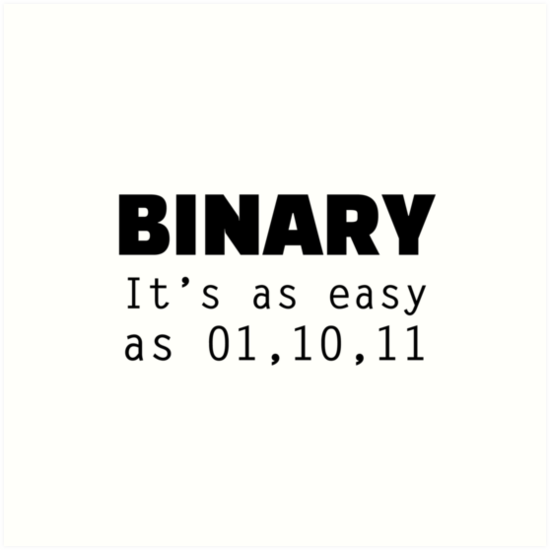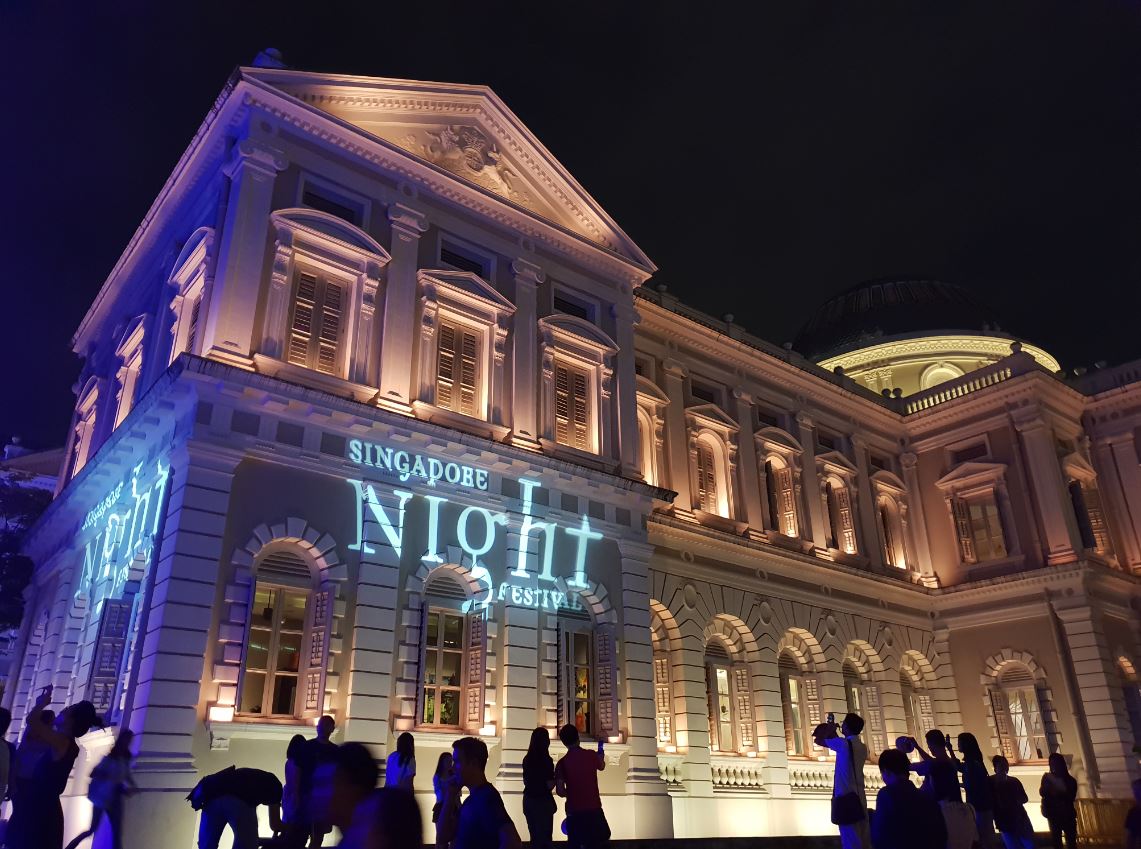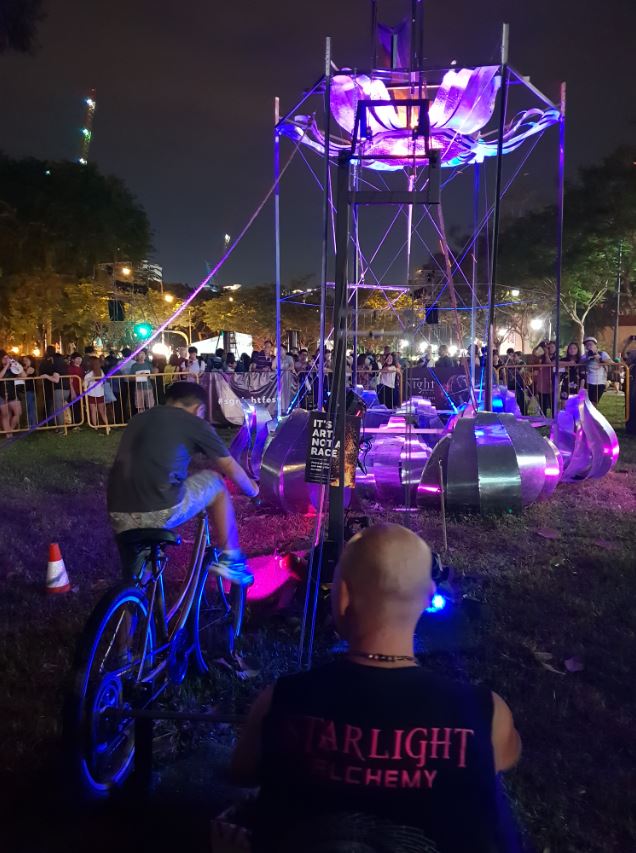Numerical representation, modularity, automation, variability, and transcoding — these are the five principles of interactive media, each of them functioning as a language of sorts, communicating information in a way new media knows best. In this essay, I briefly describe how these principles have been applied to my group’s interactive project, Confessions.
(copy binary before clicking hyperlink)
Binary, a string of numbers that seems indecipherable to someone who doesn’t understand it, and even if you did, it would take time to decode it. To new media, however, information input by humans are more easily read and communicated when converted into these strings of ones and zeros. Binary is one of the various forms of numerical representation. For instance, 0 can be used to represent a “false” input, while 1 can represent a “true” input. This digitalisation of information can be seen in our project, where we have included a programme that allows for participants to input messages onto a computer. This data is then encoded and communicated to the other computer in the second booth, where it will then be decoded and projected out onto a screen.
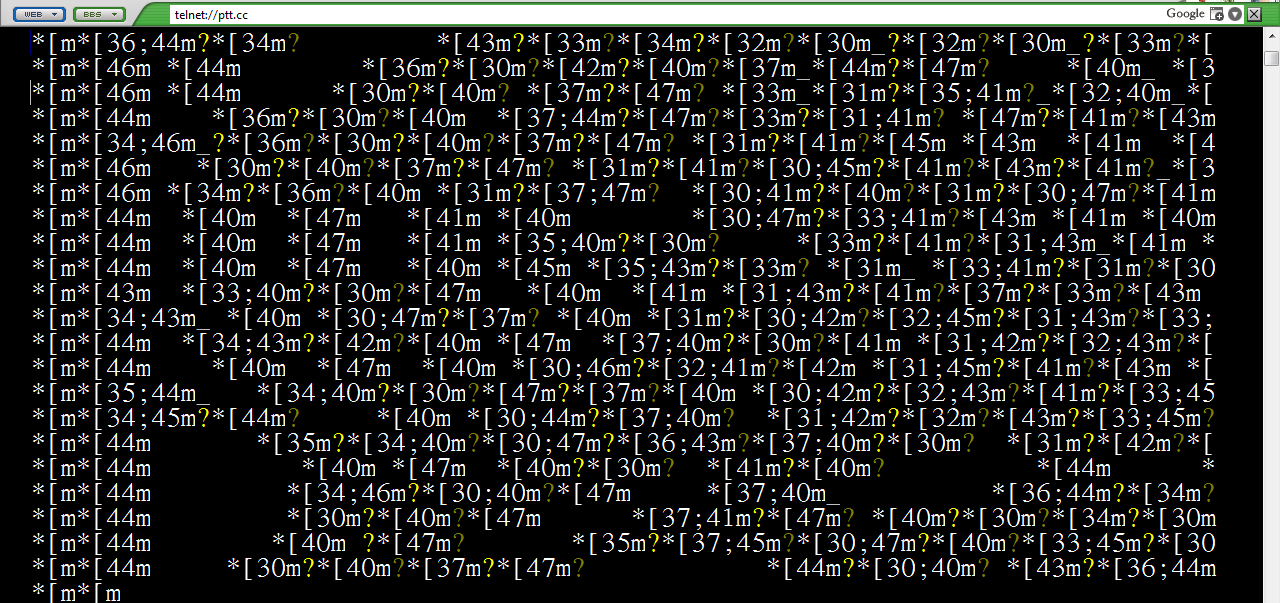
2. Modularity
New media is mostly made out of many small, independent components; they are able to run on their own, be it blinking a light to collecting data from the environment, but together, they form the body of a functioning system. Likewise, computer programming also includes this “fractal structure” whereby functions like “digitalWrite” and “digitalRead” are used together, but even when one of them is take out, the other will be able to function just fine. This modular structure is also used in our project; it is made up of independent components ranging from programmes and codes to computers and a projector. Even the video and music used can be changed individually.

3. Automation
By combining numerical representation and modularity, new media is able to function on its own, reducing the amount of manual work needed to be done to create the same effect. In relation to the project, the programme is able to detect whether there are any messages typed in by the participants, and if there are, it will project them onto the screen. Also, if the word has been deleted in the second booth, it will be automatically replaced by another message that hasn’t been projected yet, saving us the hassle of doing it ourselves repeatedly.
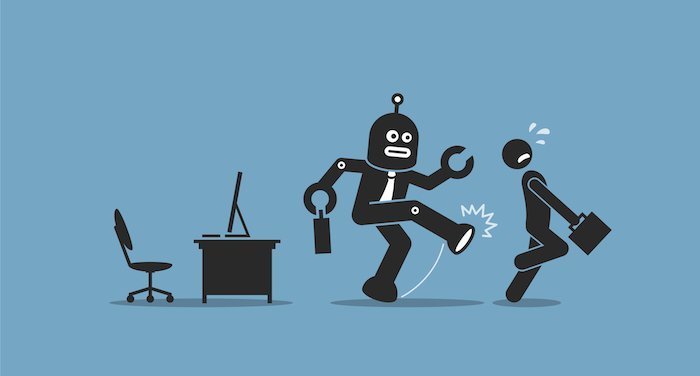
4. Variability
The outcomes of a new media object may not always be consistent. This means that every participant is able to interact with the new media object in their own way, resulting in different, unique outcomes. This is reflected in our project through the possibility of participants either deleting or just reading the messages seen on screen, their choices altering the experience for the next participant, so on and so forth.
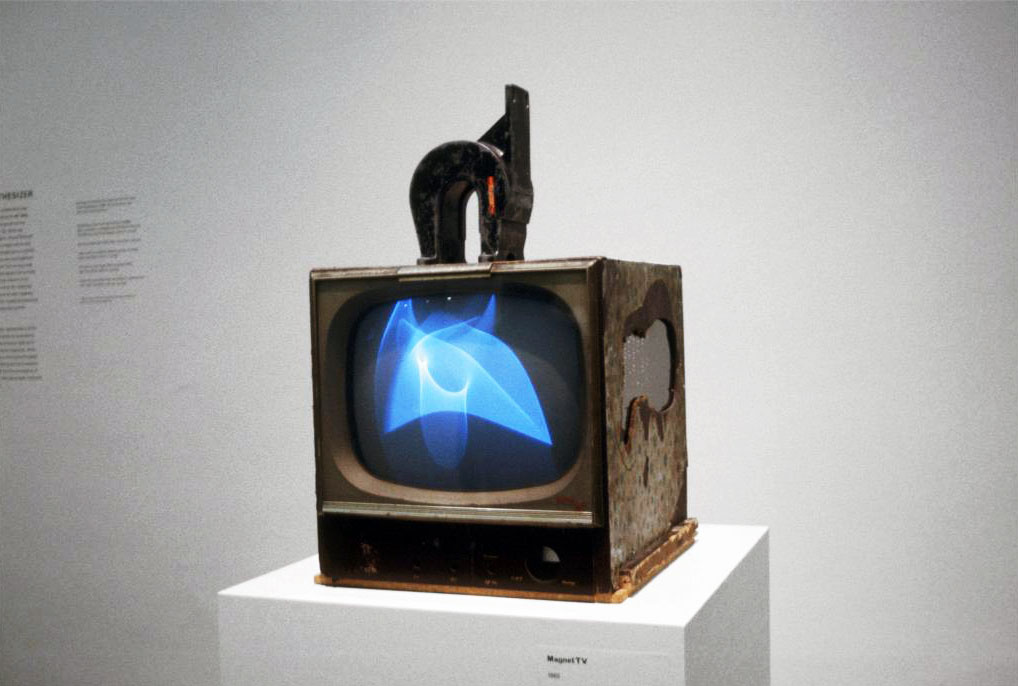
5. Transcoding
The act of changing, for example, an image from one format to another; physical to digital. Viewing these two different formats of the same image can draw different feelings from an audience, which in turn, allows them to interpret the new media object in their own way. In our project, transcoding takes place when thoughts heard in the mind are converted to visual texts that are projected out onto a screen. We are used to having the thoughts floating around in our minds, but by projecting it, it allows us to read the same thought instead of visualising or hearing it. Also, other participants are able to see your thoughts, something that is impossible when the thought is in its former format.

The bounds for new media are set by five “principles of new media” present in most new media objects, which “should be considered not as absolute laws but rather as general tendencies of a culture undergoing computerization”
– Bradley Dilger, A Review of The Language of New Media
